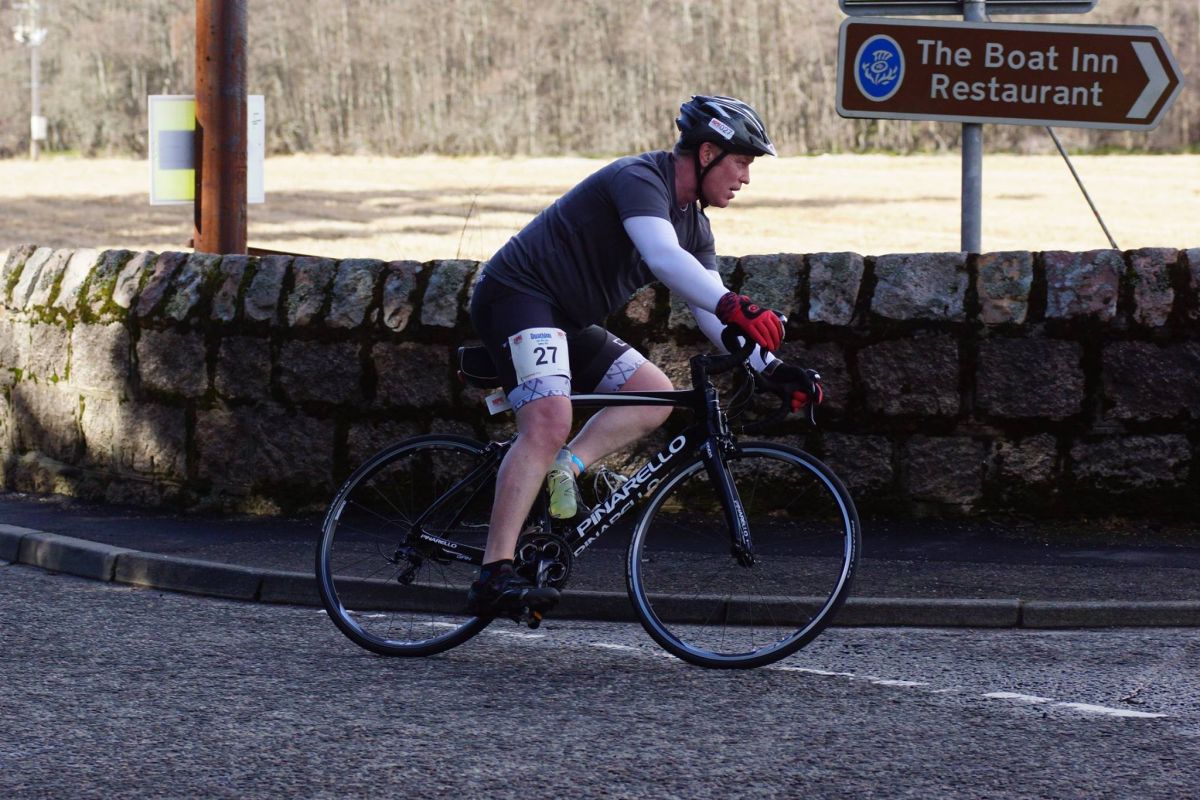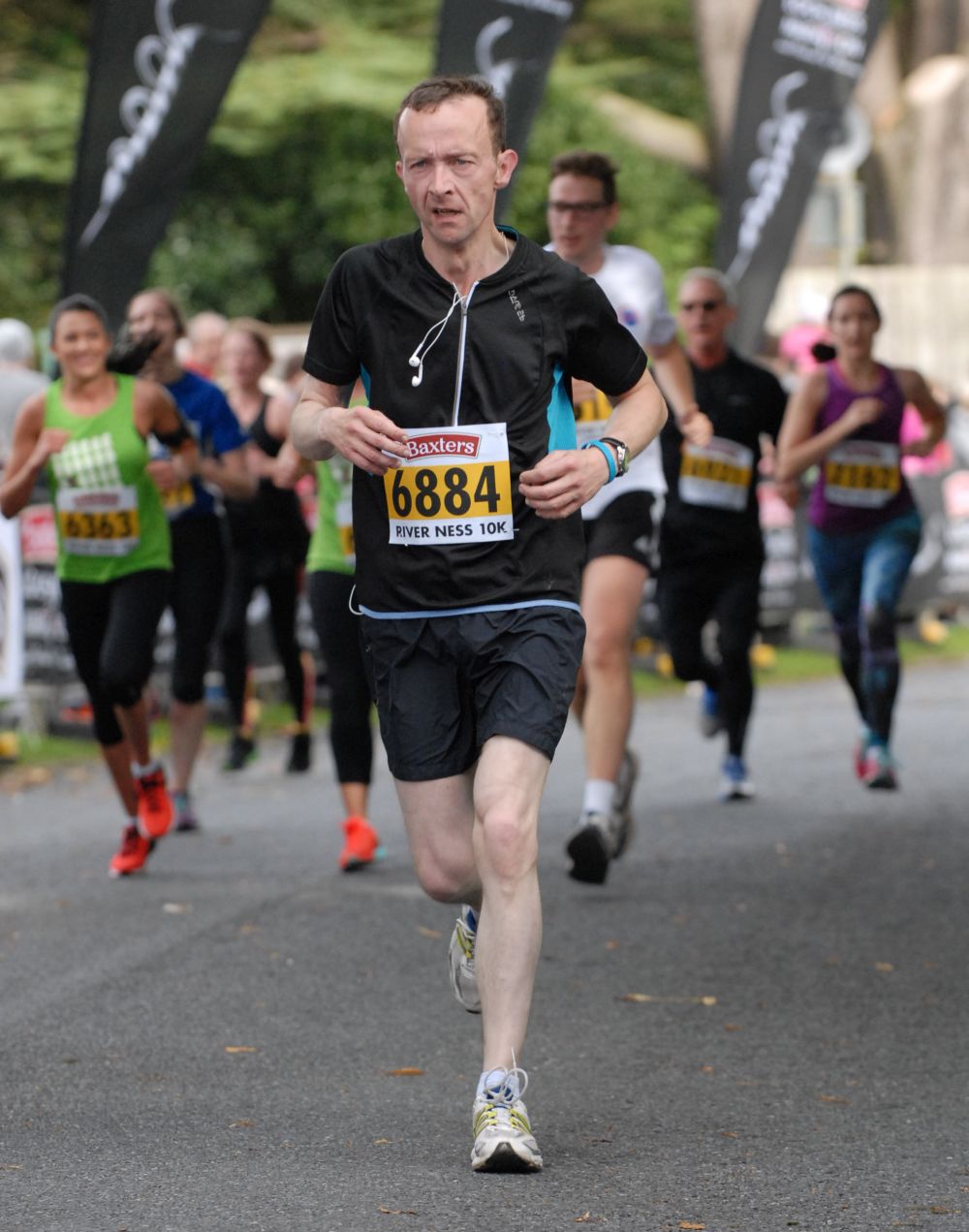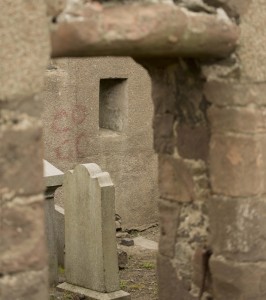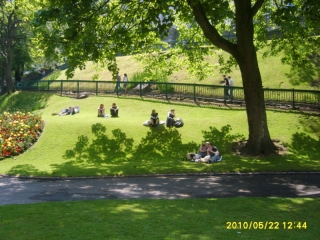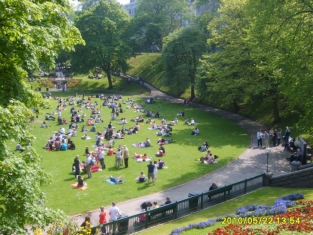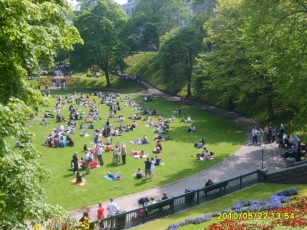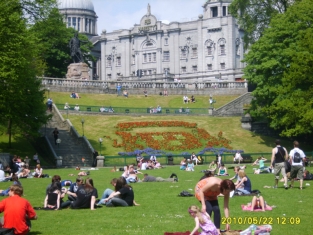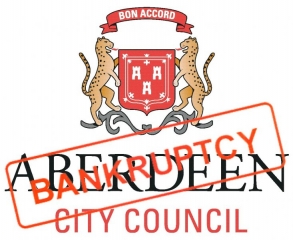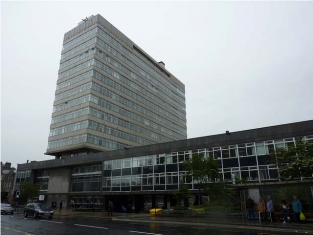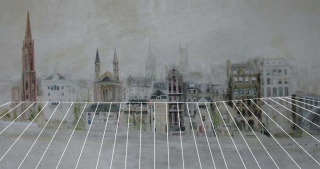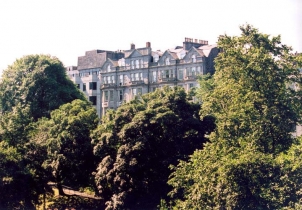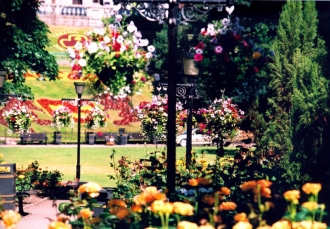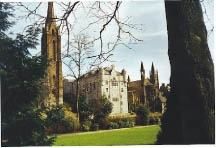With thanks to Eoin Smith, Senior Account Executive, Tricker PR
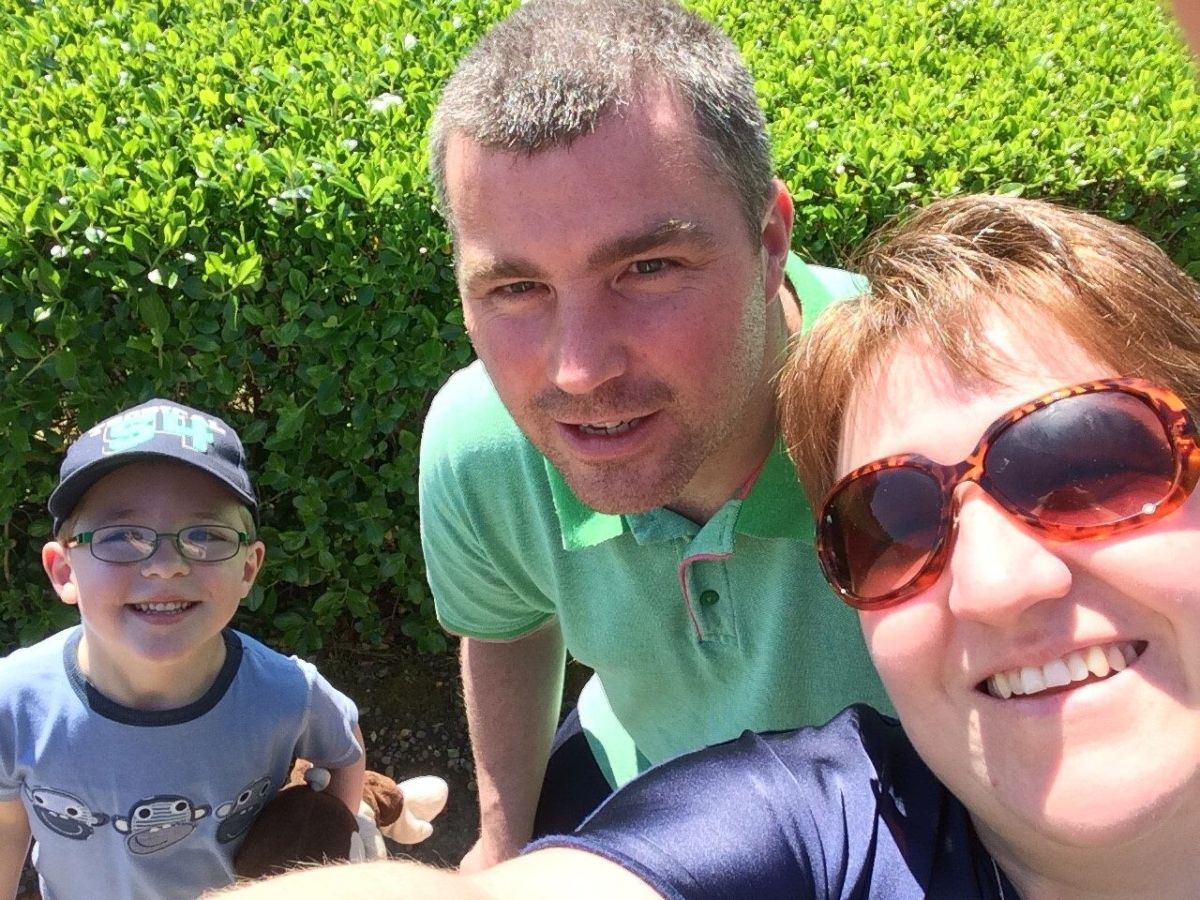
Denise Middler with her miracle baby Owen and partner Darren. She has completed a year of tough challenges to celebrate Owen reaching his fifth birthday.
Little Owen Farquharson really is a miracle baby: conceived on a third and final attempt at IVF and then born in breech in the back of a car with the umbilical cord wrapped around his neck, his parents feel blessed that he is about to celebrate his fifth birthday.
So, it seemed fitting to mum Denise Middler that she would mark the milestone occasion with a year of personal challenges to give thanks for Owen growing up into a strong little boy and to show how he has helped to turn her own life around.
Over the past seven months she has taken a leap of faith on white-knuckle zip lines, walked a half marathon, completed an adventure obstacle course and ran her way around numerous 5K and 10K races.
Her year of fund-raising and self-challenge will come to an end on September 24 when she takes on the River Ness 10K at the Baxters Loch Ness Marathon and Festival of Running.
It will have added significance to Denise as Inverness was the place where she and her brother Richie – who died very suddenly 10 years ago as a result of heart disease – grew up together. It will be an emotional journey, but little Owen will be there to walk with her hand-in-hand as she crosses the finish line.
Denise (42) from Inverurie in Aberdeenshire has suffered from severe endometriosis since she was a teenager and was warned that the condition – which leaves her in crippling pain – would mean she would find it impossible to conceive a child naturally.
The condition, which is thought to affect as many as one in 10 women in the UK, results in cells like those found in the lining of the womb developing elsewhere in the body, building up and then breaking down and bleeding.
Denise and partner Darren, (39), had almost given up all hope of ever having a child of their own. They were over the moon to discover she was pregnant after undergoing three rounds of IVF treatment.
“I had suffered for many years with what was believed to be pelvic inflammatory disease, but I was diagnosed with endometriosis in my early 20s. Medication helped initially, but over the years I’ve had to have open surgery and keyhole surgery to remove cysts,” she explains.
“It’s a difficult condition to manage because one day I will be fine, and the next I will be doubled over in pain and not even able to walk. To look at me, most people would never even know that I was ill other than my tummy swelling up.
“I became really depressed when I was told I would not be able to have children. I wanted more than anything to be a mother, and wondered what my goal in life would be if it wasn’t possible for me to have a family.
“After settling down with Darren we looked into options and were offered IVF. We were left under no illusions that it would be very difficult because the endometriosis had left my body in such a mess, but it was still absolutely soul destroying when the first two attempts failed.
“When I fell pregnant at the third attempt we were incredibly happy, but terrified. I was scared to move: I wanted the baby so much and I was worried that something would happen. During my pregnancy was the only time I never experienced the pain of endometriosis because all of the blood supply was concentrated on helping the baby grow.”
Denise enjoyed perfect health throughout the pregnancy, but Owen decided that he was going to make his entrance into the world 11 days earlier than planned. Darren and her parents drove her to hospital in Aberdeen, but were forced to pull over to the side of the road when Denise reached down and felt a foot.
In an amazing stroke of luck, they were able to flag down a passing police car and the officers took over midwife duties until an ambulance arrived. Owen was in the breech position and, terrifyingly, was not breathing when he was born because he was being choked by the umbilical cord.
Denise, however, remained perfectly calm throughout and knew within her heart that her little boy was going to be fine. He was whisked away to hospital, and her instincts were proved correct when a message came over the police radio to let her know the paramedics had found a heartbeat.
The endometriosis returned when Owen was about nine months old and the only treatment now available will be a hysterectomy. She says she will only consider surgery when her son is older and more able to do things for himself.
Denise refuses to be beaten by the condition and set out this year to show what can be achieved by a determination to overcome the pain. She has completed many fund-raising challenges with Darren and a close group of friends, raising money for the British Heart Foundation in memory of her brother and the MS Society for a friend who was diagnosed with the condition in her 30s.
After completing the River Ness 10K, she will also stage a fund-raising dinner dance with the proceeds going to the Aberdeen Fertility Clinic.
Denise says,
“I am by no means an elite athlete and it is only through the support of my family and friends that I have been able to complete all my challenges so far. But I have been determined to do it to show what can be done when we put our minds to it.
“The River Ness 10K will be very special, not just because it marks the end of the year of challenges, but because it has a special place in my heart with so many memories of my childhood in Inverness with my brother, whom I miss so much.
“To have Owen there at the finish will be truly amazing: by the law of averages he really shouldn’t be here and he genuinely is a miracle. I think it just shows that miracles really do happen and if you want something badly enough you should never give up hope.”
Many runners taking part in the Baxters Loch Ness Marathon and Festival of Running – renowned for its scenic beauty and family-friendly atmosphere – will be taking part for charity. The main charity partner of the event is Macmillan Cancer Support and there are three lead charities – Chest Heart Stroke Scotland, Highland Hospice and MS Society.
Runners can also support 15 other affiliate charities, although hundreds of participants will use the event to raise money for good causes close to their own hearts.
In addition to the 10K, the event also incorporates the marathon, 10K Corporate Challenge, River Ness 5K and the Wee Nessie fun run for pre-schoolers. The finish line is at based around the Event Village at the Bught Park in Inverness where runners and spectators can enjoy the Baxters Food and Drink Fayre, a Sports Expo, live music and activities for children.
Entry is now open for all races online at www.lochnessmarathon.com until September 4, with places available in the Loch Ness Marathon for charity, club and overseas runners. The event is active on Facebook and on Twitter.
- Comments enabled – see comments box below. Note, all comments will be moderated.
